1. Winsor McCay (1867-1934)
Ancient cultures, uncovering impressive remains of still more ancient cultures, often attributed to their predecessors a superhuman stature.The Comics Journal: Top 100 Comics of the [20th] Century (#5)
Little Nemo in Slumberland (1905-1914) was a psychedelic smorgasbord, a weekly Sunday newspaper strip (printed on a full page), and one of the finest artistic achievements of the 20th century. No lie. I'll have to restrain myself, because of this treasure trove of McCay-nia. I mean, wow! The space adventures, the dreamworld comrades, the riot of creatures, cities and palaces, the holiday celebrations - and (being dreams) always with the chasing and the falling. And always with the crash back to reality...
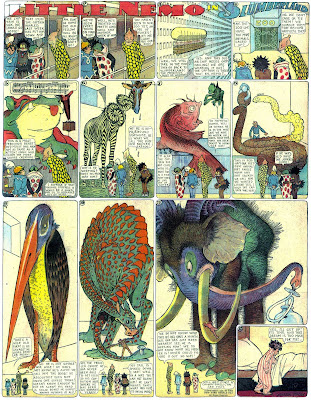
 [The "treasure trove" also has Nemo's predecessor Dream of the Rarebit Fiend and George Herriman's Krazy Kat - TCJ #1!]
[The "treasure trove" also has Nemo's predecessor Dream of the Rarebit Fiend and George Herriman's Krazy Kat - TCJ #1!]One hundred years ago today: Sept. 26, 1909

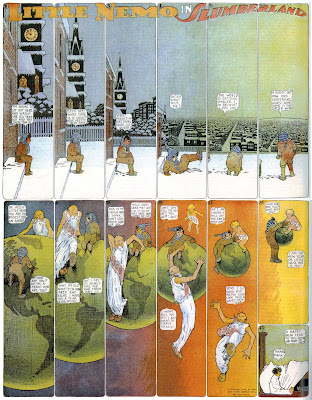

Not only that, but McCay was also an animation pioneer (1914)!
2. R. Crumb / Robert Crumb (b. 1943)
The giant of '60s underground comix, Crumb started it all with Haight counterculture landmark Zap (TCJ #80) - and was also a pioneer of the realistic autobiographical comic, both alone and on Harvey Pekar's American Splendor. He continued to pollute the world with his crazy ideas, painful self-awareness, thick-legged women, and increasingly amazing technique. (The bizarre scenes, the emotional impact, the detailed cross-hatching!) The original highbrow/lowbrow art nexus, he continues to work on comics, album covers, and like The New Yorker. Resentful of his most famous work, Crumb has moved to France, where he now sketches old buildings. Seriously.




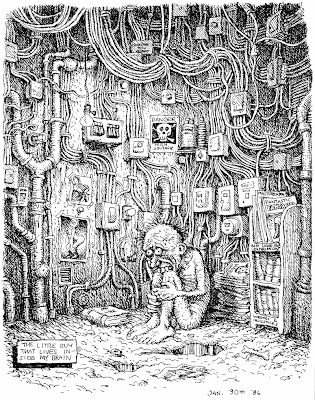
The documentary Crumb (1994) is also well worth checking out.
3. Chris Ware (b. 1967)
The new guy on the block, Chris Ware is the creator of the Acme Novelty Library (TCJ #17, 1993-), a series of art-object books published in different sizes and formats. Each issue contains a variety of content - ongoing stories, gag strips, fin-de-siecle design pieces, crushingly elaborate diagrams, robots, whatever... Ware's justifiably considered one of the most innovative artists in quite awhile. The book-length collection of Jimmy Corrigan stories is a must-own.
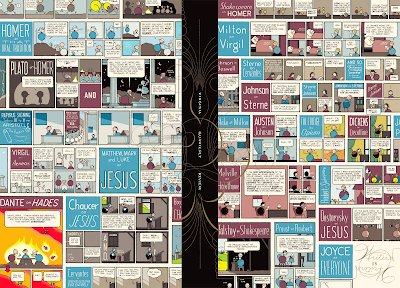

4. Jim Woodring (b. 1952)
Jim Woodring tells surrealistic dream-logic stories of funny animals (silent) living in a harmful, nightmare world - where geometric shapes coalesce into abstract, organic forms that come alive as sidekicks. Architectural creatures and monstrous buildings, where terrible eyes menacingly watch, and Manhog might interrupt your nice picnic. Frank (TCJ #55) is the adventurous buck-toothed whatsis, kind-hearted and timid in a bizarrely unpredictable environment.
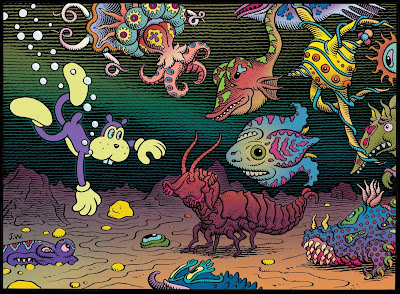
You can also get a regular dose of stuff like this at Jim's blog:
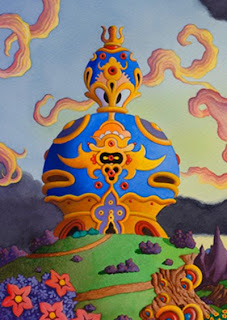
5. Jim Steranko (b. 1938)
Sure, maybe Jack Kirby should be here instead, but The King's in every list or essay! Kirby did experiment with pop-art collage, but Steranko brought a whole new level of artiness to the game! Like Chris Ware, his work (actual covers/panel-lined pages) fits within a story or can stand alone. Especially when Nick Fury (Agent of S.H.I.E.L.D.) went from WWII Howling Commando to psychedelic James Bond.


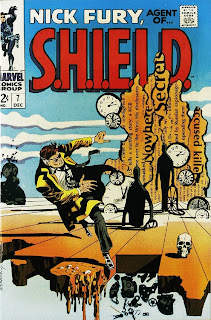

That last one I actually used as the basis for a Pong flyer. Nice, huh?

No comments:
Post a Comment